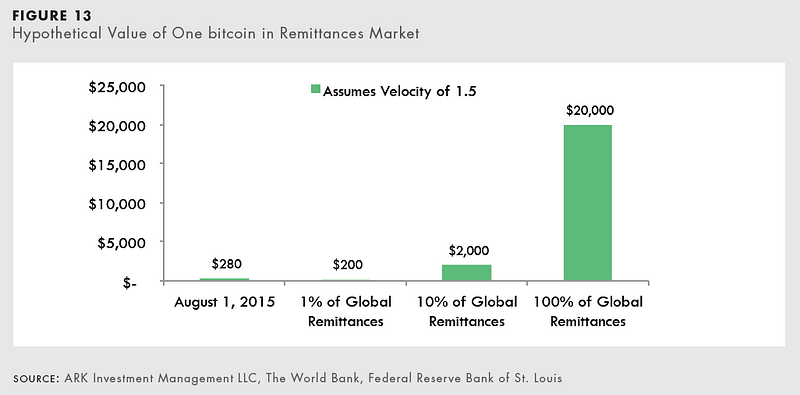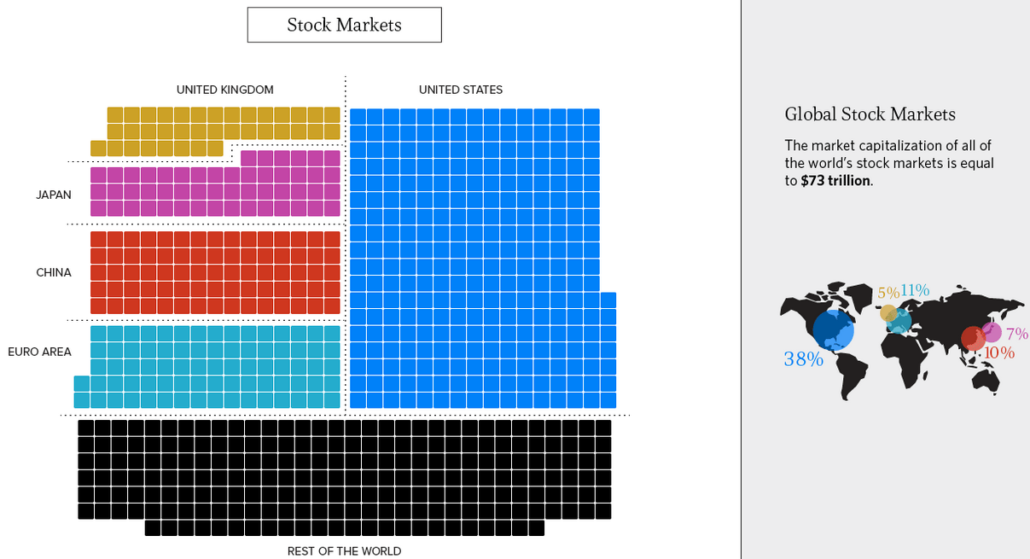Wyoming is stepping up to welcome the blockchain community with open arms.
A grassroots group, the Wyoming Blockchain Coalition, has garnered significant momentum to pass a package of legislation that would bring significant benefits to both the blockchain community and the State of Wyoming.
The package of blockchain bills, which will be introduced during the upcoming session in February, will build on two characteristics of Wyoming that make it particularly attractive to the blockchain industry: zero corporate income or franchise taxes, and strict privacy laws governing LLCs formed in the state.
Companies don’t need to move to Wyoming physically to take advantage, just as most Delaware corporations aren’t located in Delaware. But but there are real reasons why businesses might want to move there. Cheyenne, the state capital, has tremendous fiber-optic bandwidth and cheap power that is already attracting major data centers to locate there, for example.
And our initiative has active support by officials at the state’s only university. So Wyoming has “good bones” upon which to build a regulatory framework to attract the blockchain sector.
Licensing exemptions
The blockchain community is likely to be most excited by one of the bills just introduced, H.B.0070, which would exempt tokens issued on an open blockchain from Wyoming’s money transmitter and securities laws, as long as the token has not been marketed as an investment and is exchangeable for goods or services. This bill would also exempt token exchanges (or people exchanging tokens) from being deemed broker/dealers under Wyoming law. The bill has garnered senior co-sponsors, including the Speaker of the House.
As always, whether a token would be considered, under Wyoming law, either a security or exempt pursuant to the new legislation, would be a facts-and-circumstances analysis. Businesses should seek their own legal counsel.
We view non-securities blockchain tokens as a new asset class that is neither money nor securities, and therefore believe existing money transmitter and securities regulations should not apply.
In many cases, for example, such blockchain tokens are simply prepaid software licenses. If tradeable gift cards and prepaid cell phone minutes are not regulated as money or securities, why should prepaid software licenses fall into those categories?
In many states, they do. In Wyoming, they should not, and we are optimistic that the legislature will agree.
Wyoming’s consumers will be protected by its strong anti-fraud and consumer protection laws, which we believe are sufficient to deter bad actors from doing business in the state. And businesses should analyze whether federal securities laws would still apply.
Other measures
The Wyoming Blockchain Coalition also supports two other bills as part of the package for the February session.
The so-called „bitcoin bill,“ H.B.0019, proposes to exempt virtual currencies from Wyoming’s money transmitter laws. Alone, this legislation will allow businesses that pulled out of Wyoming in 2015, such as Coinbase, to operate in Wyoming. This will add a vital new industry to the State’s financial sector. It, too, has garnered many co-sponsors, including the President of the Senate.
The third bill, the so-called „filings bill,“ would enable the Secretary of State to collect registrations on a blockchain, similar to that enacted by the State of Delaware last July. It would cover the filings made for corporations, LLCs and UCC financing statements. The goal of this legislation is to allow the official record of ownership and the official record of changes of ownership to exist on a blockchain. Eventually this will allow the State, counties, municipalities and businesses to eliminate paper trails such as deeds, titles and receipts.
LLC City
Wyoming led the way when it passed the nation’s first LLC law in 1977, and it can again be first by offering the ability to register LLCs on a blockchain. This could attract meaningful business to register in Wyoming, as academic research shows that nearly two-thirds of new companies that register in the U.S. are LLCs.
New types of LLC users, such as those seeking to limit liability for autonomous cars and other internet of things (IoT) devices, could be attracted to efficiencies enabled by blockchain-registered Wyoming LLCs. This is especially true for series LLCs, which is another initiative supported by the Wyoming Blockchain Coalition.
LLCs are so popular in Wyoming today that there is almost one for every two citizens of the state.
Wyoming can become a haven for the blockchain sector, building on its already-attractive attributes, if the package of blockchain bills are enacted. The bills provide tremendous benefits for blockchain businesses that either locate or register in Wyoming, as well as significant upside to the State. We welcome the blockchain community’s support in bringing these efforts to fruition.
As we say in Wyoming, let ‚er buck!
The authors wish to thank David Pope, Rob Jennings, the Wyoming Blockchain Coalition and Coin Center for their assistance.
Source: https://www.coindesk.com/haven-blockchain-case-wyoming






